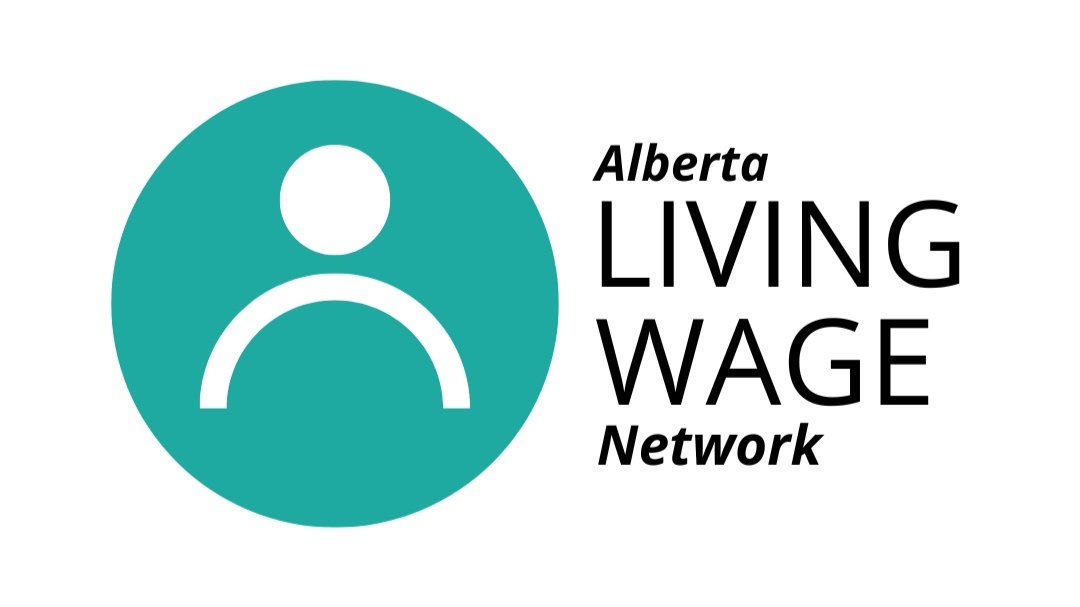Living Wage Alberta’s response to minimum wage report
The Fraser institute’s report Who Earns the Minimum Wage in Canada? does a better job of pointing out where we can improve on our poverty metrics than it does arguing against raising wages. When poverty lines are financial, it stands to reason that increasing wages help. So while evidence may be sparse on minimum wage and poverty, evidence does suggest that raising minimum wage increases spending power and reduces inequality. Both are powerful indicators for decreasing poverty.
There is no credible evidence to suggest that raising minimum wages will lead to job losses. When B.C. raised its minimum wage more than $2 per hour in a relatively short amount of time, there was a very small (1.6%) reduction in the employment rate for youth between the ages of 15 and 24. Closer to home a study last year on the impact of Alberta’s minimum wage increase in 2015 revealed no job losses in sectors where minimum wages are common such as accommodation and food services. In fact, Alberta’s hospitality sector added jobs in each of the last four years from 2016 to 2020. Employment levels on their own however, are a poor indicator of wellbeing as they tell us nothing about job precarity.
The report also suggests that a very small percentage of minimum wage workers live in low income households or below Statistics Canada’s Low Income Cutoff (LICO) –approximately $21,900 for a single person in Calgary. This forces lower income partners in a relationship to rely on the higher income earner and never gain financial independence. This can be problematic for a variety of reasons, but especially in instances where spouses may want to end a marriage or are in a domestic violence situation.
The minimum wage establishes an income floor for working people and as such, must be conceived with the cost of living in mind more so than whether it will impact poverty rates, according to LICO. The Alberta Living Wage Network calculates the cost of living in several municipalities in Alberta to determine the living wage. When you actually take a look at Albertans who earn hourly wages between minimum wage and the average living wage in Alberta, you’ll actually find more than 45% have children and 59% are over the age of 25 (StatsCan Labour Force Survey September 2020 to August 2021).
We believe when people earn a wage that is sufficient to meet local costs, they are better able to fully participate, thrive and build their human and financial assets. Employers in Alberta and across Canada have expressed support for living wages and often say it leads to having a loyal and dedicated workforce and lower recruitment and training costs.
Living wage employers also help with economic development, building strong local economies and supporting sustainable and healthy communities.
Like the Fraser Institute we are sensitive to the fact that business have faced unprecedented challenges from the pandemic and related restrictions. We don’t want to add further stress to these companies, we do want to shed some light on what it actually costs to live in Alberta. According to the 2016 federal census more than 60% of people living in low income have a job. This clearly demonstrates that wages in some industries are not in line with the local cost of living. Calculating and publishing the living wage helps inform businesses as well as policy makers at the local level.
For more information, we invite you to check out these resources:
